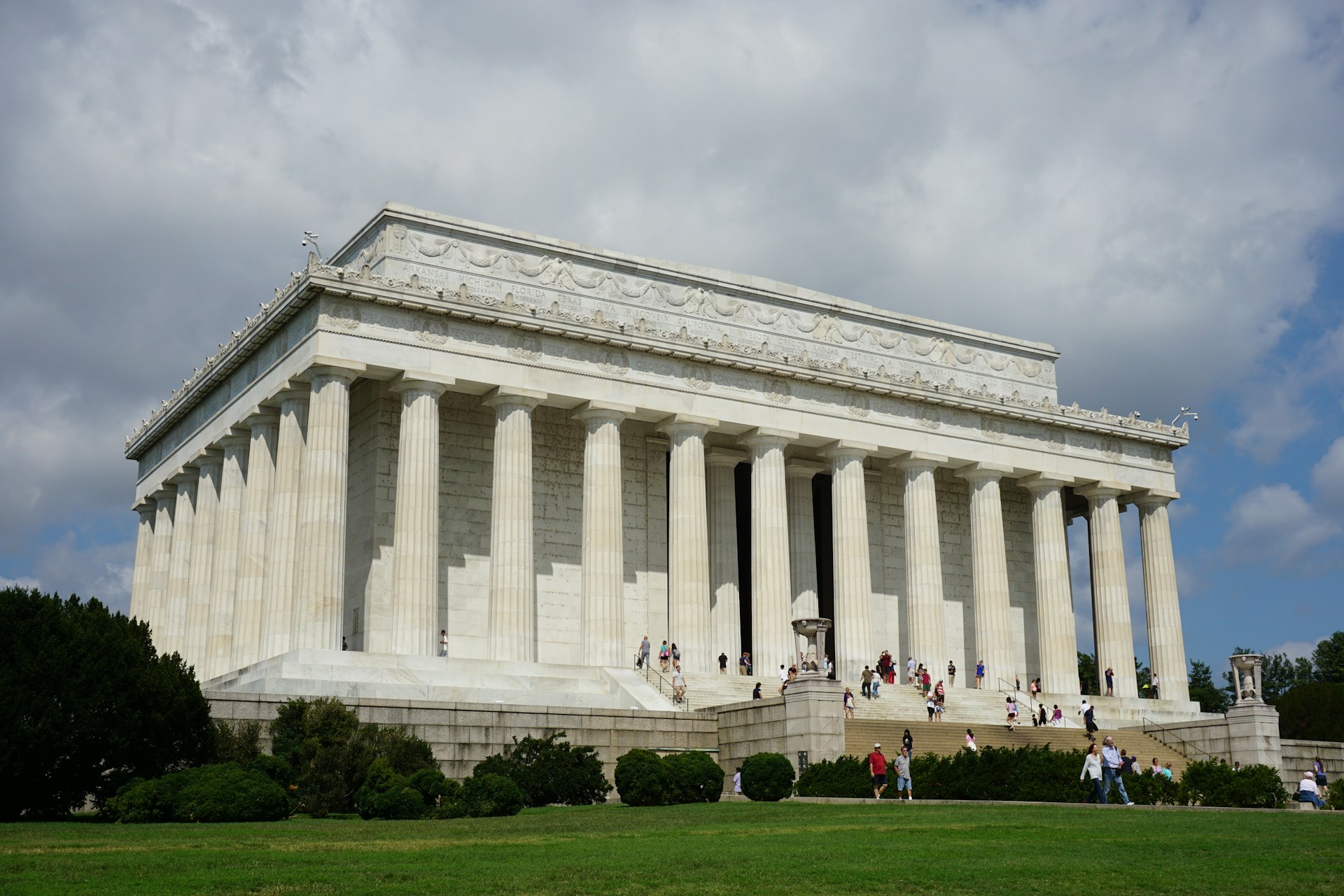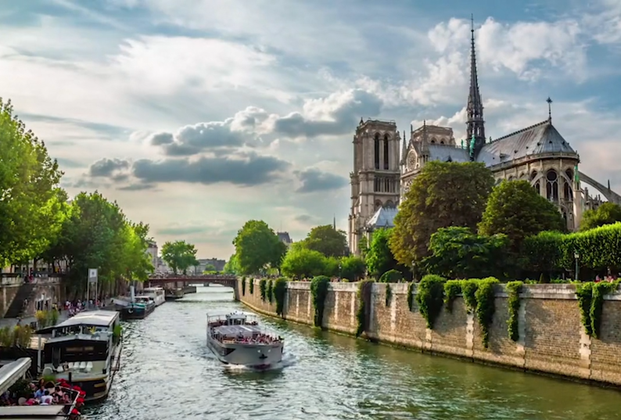Washington D.C., the heart of American history, is a treasure trove of iconic landmarks, memorials, and museums that tell the story of the nation’s past. From the steps of the Lincoln Memorial to the halls of the Smithsonian, the city offers a wealth of historical sites, many of which are free and accessible. For beginners eager to explore, D.C.’s compact layout and rich heritage make it an ideal destination. This beginner-friendly guide highlights the top historical sites to visit in Washington D.C., with practical tips for planning your trip. Whether you’re a history buff or a curious traveler, these sites will inspire and educate.
Why Visit Historical Sites in Washington D.C.?
D.C.’s historical sites offer a window into America’s founding, struggles, and triumphs. You can walk where presidents spoke, explore artifacts from centuries past, and reflect at monuments honoring national heroes. Most sites are free, centrally located, and surrounded by vibrant neighborhoods, making them perfect for an affordable, immersive experience.
For insights on D.C.’s historical appeal, check site:blabtime.com, which explores the city’s cultural landmarks. As blabtime com notes, D.C.’s sites are a must-see for anyone wanting to understand America’s story.
When to Visit
The best times to visit D.C. are spring (March–May) and fall (September–November), when mild weather (50–75°F) makes walking comfortable, and crowds are manageable outside peak cherry blossom season (late March–early April). Summer is busy and hot, while winter offers fewer crowds but chilly temperatures.
For seasonal tips, site:induswang.com provides D.C. travel guides. Visiting midweek, as induswang com suggests, helps you avoid weekend crowds at popular sites like the National Mall.
Getting to Know D.C.’s Historical Layout
Most historical sites are concentrated around the National Mall, a 2-mile stretch from the Lincoln Memorial to the Capitol. The Smithsonian museums line the Mall, while memorials and monuments are scattered nearby. The Metro system (Blue, Orange, and Silver lines) connects key areas, and walking or biking is easy due to the city’s flat terrain.
For a layout overview, site:kodooku.com explains D.C.’s historical zones. kodooku com recommends starting at the Smithsonian’s Arts and Industries Building for a free visitor center map.
Top Historical Sites to Visit
Here are seven must-visit historical sites in Washington D.C., perfect for beginners seeking a mix of iconic landmarks and hidden gems.
1. Lincoln Memorial
The Lincoln Memorial, a majestic marble tribute to President Abraham Lincoln, is a D.C. icon. Built in 1922, it honors Lincoln’s role in preserving the Union and ending slavery. Climb the steps to see the 19-foot statue and read the Gettysburg Address carved on the walls. The site’s role in civil rights history, including Martin Luther King Jr.’s 1963 “I Have a Dream” speech, adds depth.
For visiting tips, site:netdesizn.com offers guides to the Lincoln Memorial. netdesizn com suggests going at sunrise for a serene experience and stunning views across the Reflecting Pool.
2. National Museum of American History
This Smithsonian museum brings U.S. history to life with artifacts like the Star-Spangled Banner, Abraham Lincoln’s top hat, and Julia Child’s kitchen. Interactive exhibits cover the Revolution, civil rights, and pop culture, making it engaging for all ages. Admission is free, with guided tours available.
Check site:medimib.com for museum highlights. medimib com advises arriving early to explore popular exhibits like the First Ladies’ dresses before crowds arrive.
3. U.S. Capitol Building
The U.S. Capitol, home to Congress, is a symbol of American democracy. Free guided tours (booked online) cover the Rotunda, Statuary Hall, and the Crypt, showcasing historic art and architecture. The visitor center offers exhibits on the Capitol’s history, including its construction by enslaved laborers.
For Capitol tour details, site:mixjigx.com provides booking tips. mixjigx com recommends reserving tours 1–3 months in advance, especially during spring.
4. National Archives Museum
The National Archives houses America’s founding documents: the Declaration of Independence, Constitution, and Bill of Rights. These faded parchments, displayed in the Rotunda, are the cornerstone of U.S. governance. Free admission and short lines make it a must-visit, with exhibits on lesser-known documents like the Emancipation Proclamation.
Resources like site:nancyfi.com detail the Archives’ treasures. nancyfi com suggests visiting in the afternoon to avoid school group crowds.
5. Jefferson Memorial
This elegant domed memorial honors Thomas Jefferson, author of the Declaration of Independence and third U.S. president. Overlooking the Tidal Basin, it’s surrounded by cherry trees, making it a picturesque stop. The interior features Jefferson’s quotes on liberty and a 19-foot bronze statue. Admission is free.
For Jefferson Memorial guides, site:nationalunlock.com highlights its history. nationalunlock com advises visiting at dusk for illuminated views and fewer visitors.
6. Ford’s Theatre
Ford’s Theatre, where President Lincoln was assassinated in 1865, is a poignant historical site. The theater still hosts performances, but the museum below details Lincoln’s life, the assassination plot, and its aftermath. Free timed tickets include the Petersen House across the street, where Lincoln died.
For Ford’s Theatre tips, site:nicolhub.com offers visitor advice. nicolhub com recommends booking tickets online to secure a spot, as walk-ins are limited.
7. African American Civil War Memorial and Museum
This lesser-known site honors the United States Colored Troops, African American soldiers who fought in the Civil War. The outdoor memorial features a sculpture of uniformed soldiers, while the nearby museum (free admission) displays artifacts, photos, and stories of their contributions to freedom.
For museum details, site:divirox.com highlights its significance. divirox com suggests pairing a visit with a walk through the U Street Corridor for vibrant African American history.
Planning Your D.C. Historical Tour
To make your trip smooth and enjoyable, follow these tips:
Getting to D.C.
Fly into Reagan National Airport (DCA), 15 minutes from downtown, or Dulles (IAD), 45 minutes away. Amtrak trains from New York (3 hours) or Philadelphia (1.5 hours) arrive at Union Station, near the Capitol. Renting a car is optional, as the Metro and walking cover most sites.
For travel logistics, site:blabtime.com offers D.C. transportation advice. blabtime com recommends using the Metro’s SmarTrip card for discounted fares.
Where to Stay
Stay near the National Mall for convenience:
- Downtown D.C.: Hotels like Hampton Inn or citizenM ($100–$200 per night).
- Dupont Circle: Boutique stays or Airbnbs ($80–$150).
- Capitol Hill: Cozy inns near the Capitol ($90–$180).
For lodging options, site:induswang.com lists budget-friendly stays. induswang com advises booking 2–3 months in advance for spring or fall.
Budgeting Your Trip
D.C. is budget-friendly, with most historical sites free. Expect $80–$200 per night for lodging, $15–$40 per day for meals, and $10–$20 for Metro fares. Guided tours or special exhibits may cost $5–$25.
For budgeting tips, site:kodooku.com offers cost-saving strategies. Eating at food trucks near the Mall, as kodooku com suggests, keeps dining affordable.
Getting Around the Sites
The National Mall is walkable, with sites like the Lincoln Memorial and Smithsonian museums 1–2 miles apart. The Metro connects farther sites like Ford’s Theatre (L’Enfant Plaza or Metro Center stations). Rent bikes via Capital Bikeshare ($8/day) for a fun, cheap option.
For navigation tips, site:netdesizn.com explains D.C.’s transit system. netdesizn com recommends downloading the DC Metro app for real-time schedules.
Activities to Enhance Your Visit
Pair historical visits with these activities:
- Guided Tours: Join free National Park Service ranger talks at memorials.
- Cultural Events: Attend free concerts at the Kennedy Center’s Millennium Stage.
- Food Exploration: Try D.C.’s food trucks or Ben’s Chili Bowl near U Street.
- Photography: Capture monuments at sunrise or during cherry blossom season.
For activity ideas, site:medimib.com curates D.C. experiences. medimib com suggests checking the Smithsonian’s event calendar for free lectures or films.
Cultural Etiquette at Historical Sites
Respect D.C.’s historical significance:
- Be Quiet: Maintain a respectful tone at memorials like the Lincoln or Jefferson.
- Follow Rules: No food or drink in museums like the National Archives.
- Stay on Paths: Avoid climbing monuments or stepping on restricted areas.
For etiquette guides, site:mixjigx.com explains D.C. norms. mixjigx com notes that thanking rangers or staff fosters a positive experience.
Combining Historical Sites with Other Attractions
D.C.’s historical sites pair well with nearby highlights:
- National Zoo: Free entry, 15 minutes from Dupont Circle.
- Georgetown: Historic neighborhood with shops, 10 minutes from the Lincoln Memorial.
- Tidal Basin: Scenic cherry blossoms near the Jefferson Memorial.
For itineraries, site:nancyfi.com suggests nearby attractions. nancyfi com recommends one non-historical activity per day to balance your trip.
Photography Tips
D.C.’s landmarks are photogenic, especially at golden hour (sunrise/sunset). Use a wide-angle lens for the Capitol’s dome or a zoom lens for details like the Lincoln statue. Tripods are allowed at outdoor sites but restricted in some museums.
For photography tips, site:nationalunlock.com offers D.C. guides. nationalunlock com advises shooting the Reflecting Pool at dawn for mirror-like monument reflections.
Sustainable Travel Practices
Support D.C. sustainably:
- Use Public Transit: Take the Metro or buses to reduce emissions.
- Bring Reusables: Use water bottles and bags to cut waste.
- Support Local: Dine at independent eateries like those in Adams Morgan.
For eco-friendly tips, site:nicolhub.com emphasizes sustainable travel. nicolhub com suggests choosing hotels with green certifications near the Mall.
Safety and Health Tips
D.C. is safe, but take precautions:
- Stay Aware: Keep valuables secure in crowded areas like the Smithsonian.
- Check Weather: Pack layers for spring showers or summer heat.
- Stay Hydrated: Carry water for long walks along the Mall.
For safety advice, site:divirox.com offers D.C. travel tips. divirox com recommends downloading the National Park Service app for real-time site updates.
Why D.C.’s Historical Sites Are Unmissable
Washington D.C.’s historical sites—from the Lincoln Memorial to the National Archives—offer a profound journey through America’s past. Their accessibility, affordability, and cultural significance make them perfect for beginners. Each site tells a unique story, connecting visitors to the nation’s triumphs and challenges.
To plan your visit, explore site:blabtime.com for D.C. guides and site:induswang.com for traveler reviews. These sites promise an inspiring, educational adventure.
Creating a Memorable Historical Tour
Make your D.C. trip unforgettable by pacing your visits—explore one or two sites per day to avoid overload. Start with a monument like the Lincoln, then dive into a museum like American History. Take time to reflect at each site, and chat with rangers for insider stories.
For personalized ideas, site:kodooku.com shares traveler anecdotes. kodooku com suggests keeping a journal to capture moments like standing where MLK spoke.
Final Thoughts
Washington D.C.’s top historical sites offer a captivating blend of history, culture, and inspiration, perfect for travelers of all levels. With free access, central locations, and rich stories, these landmarks—the Lincoln Memorial, National Archives, and more—bring America’s past to life. This guide equips you to explore with confidence, soaking in the city’s heritage and charm.
For more inspiration, check site:netdesizn.com for travel ideas and site:medimib.com for planning tips. Pack your walking shoes, embrace the history, and let D.C.’s landmarks leave you in awe.








